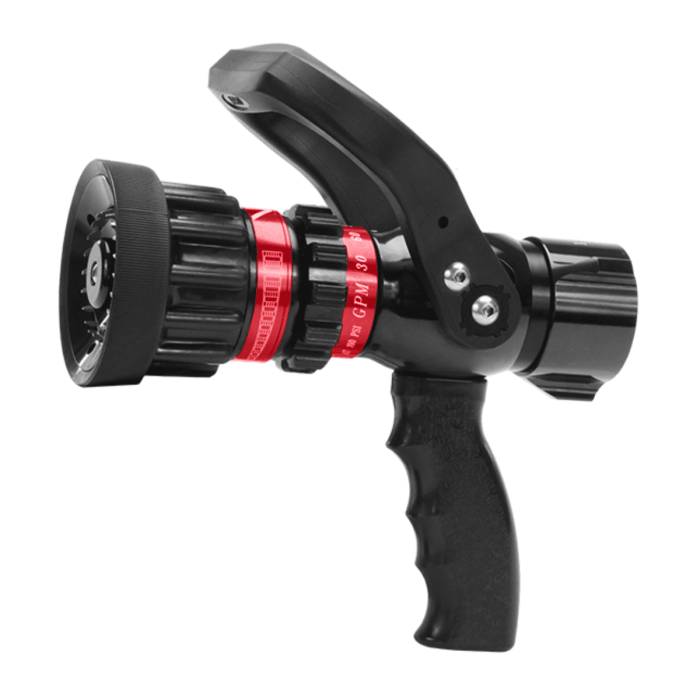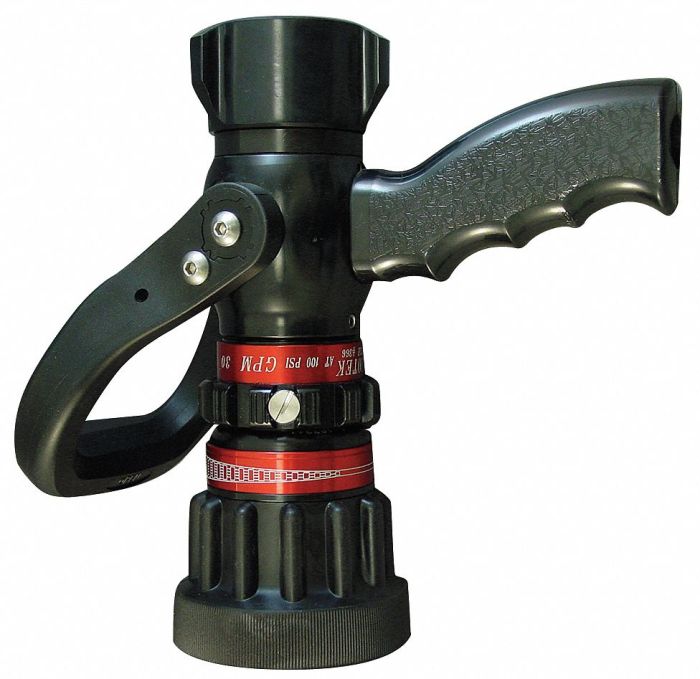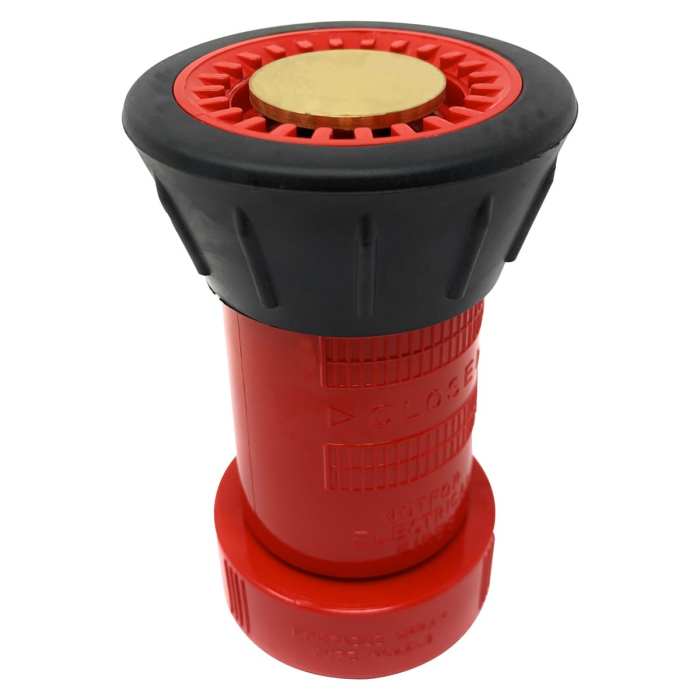A fire hose nozzle has a diameter of 1.125 in – A fire hose nozzle with a diameter of 1.125 inches plays a crucial role in determining the effectiveness of firefighting efforts. This article delves into the significance of nozzle diameter, exploring its impact on water flow rate, pressure, and nozzle design.
By understanding these factors, firefighters can optimize their equipment for maximum performance and efficiency.
Nozzle diameter is a key determinant of water flow rate, which is the volume of water discharged per unit time. A larger nozzle diameter allows for a higher flow rate, enabling firefighters to deliver more water to the fire. Conversely, a smaller nozzle diameter restricts the flow rate, providing greater control and precision when targeting specific areas.
Nozzle Diameter: A Fire Hose Nozzle Has A Diameter Of 1.125 In

The nozzle diameter is a crucial factor in determining the water flow rate and pressure in a fire hose system. A larger nozzle diameter allows for a higher flow rate and lower pressure, while a smaller nozzle diameter results in a lower flow rate and higher pressure.
For example, a 1-inch nozzle has a flow rate of approximately 125 gallons per minute (GPM) at 100 pounds per square inch (PSI) of pressure. A 1.5-inch nozzle has a flow rate of approximately 250 GPM at 100 PSI, while a 2-inch nozzle has a flow rate of approximately 500 GPM at 100 PSI.
Water Flow Rate
The water flow rate through a nozzle is determined by the nozzle diameter, pressure, and the shape of the nozzle. The flow rate can be calculated using the following formula:
- Flow rate = Coefficient of discharge × Area of nozzle × √(2 × Pressure)
The coefficient of discharge is a dimensionless constant that depends on the shape of the nozzle. For a smooth, round nozzle, the coefficient of discharge is approximately 0.9.
The following table shows the water flow rates for different nozzle diameters and pressures:
| Nozzle Diameter (in) | Flow Rate (GPM) at 100 PSI | Flow Rate (GPM) at 200 PSI |
|---|---|---|
| 1 | 125 | 177 |
| 1.5 | 250 | 354 |
| 2 | 500 | 707 |
Nozzle Pressure, A fire hose nozzle has a diameter of 1.125 in
The nozzle pressure is the pressure drop across the nozzle. The pressure drop is caused by the friction of the water flowing through the nozzle. The pressure drop can be calculated using the following formula:
- Pressure drop = (Flow rate)^2 × (Friction loss coefficient) / (2 × Density of water × Area of nozzle)
The friction loss coefficient is a dimensionless constant that depends on the shape of the nozzle. For a smooth, round nozzle, the friction loss coefficient is approximately 0.02.
The nozzle pressure affects the performance of a fire hose. A higher nozzle pressure results in a higher water flow rate and a longer reach. However, a higher nozzle pressure also requires a more powerful pump.
Nozzle Design
There are many different types of nozzle designs, each with its own advantages and disadvantages. The most common types of nozzles are:
- Smooth bore nozzles: Smooth bore nozzles have a straight, cylindrical bore. They are simple to manufacture and maintain, and they produce a solid stream of water.
- Fog nozzles: Fog nozzles produce a fine mist of water. They are used for cooling and extinguishing fires in enclosed spaces.
- Combination nozzles: Combination nozzles can produce both a solid stream of water and a fog. They are versatile and can be used for a variety of firefighting applications.
Nozzle Applications
Fire hose nozzles are used in a variety of firefighting operations, including:
- Extinguishing fires
- Cooling buildings and equipment
- Ventilating smoke-filled areas
- Protecting firefighters from heat and flames
The nozzle diameter and flow rate are important factors to consider when selecting a nozzle for a particular firefighting operation. The nozzle diameter and flow rate should be matched to the size of the fire and the amount of water available.
FAQ Explained
What is the purpose of a fire hose nozzle?
A fire hose nozzle controls the flow and direction of water discharged from a fire hose, enabling firefighters to target specific areas and optimize water usage.
How does nozzle diameter affect water flow rate?
Nozzle diameter is directly proportional to water flow rate. A larger diameter allows for a higher flow rate, while a smaller diameter restricts flow for greater control.
What factors influence nozzle pressure?
Nozzle pressure is determined by the water pressure in the hose and the nozzle diameter. A smaller nozzle diameter increases pressure, while a larger diameter reduces pressure.

